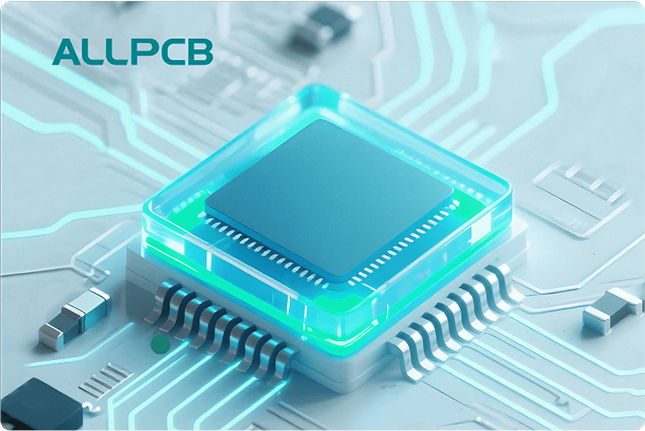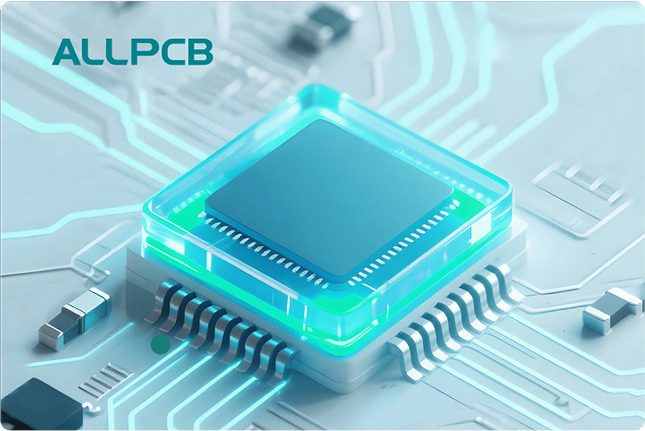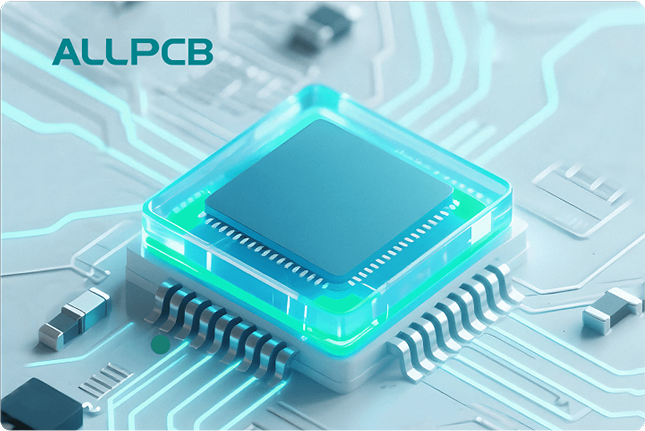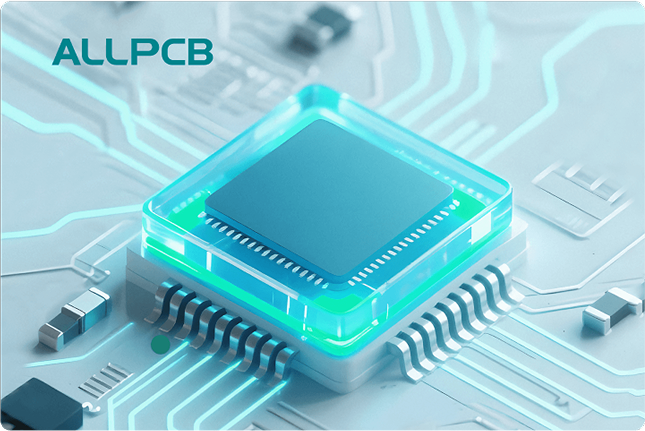In today’s world, electronics face tough challenges from harsh environments like extreme humidity, dust, chemicals, and temperature swings. If you’re wondering how to safeguard your electronic devices, hand soldering and conformal coating are two powerful techniques to ensure durability and reliability. This blog dives deep into how these methods work together to protect your electronics, focusing on practical tips for “conformal coating after soldering,” “hand soldering conformal coating,” and “protecting electronics.” Let’s explore how you can apply these solutions to keep your circuits safe and functioning, even in the most demanding conditions.
Why Protecting Electronics from Harsh Environments Matters
Electronics are everywhere—from industrial machinery to consumer gadgets—and many operate in environments that can damage sensitive components. Moisture can cause corrosion, dust can lead to short circuits, and extreme heat or cold can affect performance. Without proper protection, a printed circuit board (PCB) might fail prematurely, leading to costly repairs or replacements. For instance, in coastal areas, salt fog can corrode metal contacts on a PCB within months if left unprotected. Protecting electronics isn’t just a luxury; it’s a necessity for longevity and reliability.
Hand soldering ensures strong, precise connections, while conformal coating acts as a shield against environmental threats. Together, they form a robust defense system for your devices. Let’s break down each process and see how they contribute to safeguarding your electronics.

What is Hand Soldering and Why is it Important?
Hand soldering is the manual process of joining electronic components to a PCB using a soldering iron and solder. Unlike automated soldering, this method allows for precision, especially in small-scale production, prototyping, or repairs. When done correctly, hand soldering creates reliable electrical connections that can withstand mechanical stress and environmental factors.
However, hand soldering requires skill to avoid issues like cold solder joints, which can lead to weak connections and potential failures. A strong solder joint typically has a resistance of less than 0.1 ohms, ensuring minimal signal loss. Poor soldering, on the other hand, can result in higher resistance, overheating, and eventual breakdown—especially in harsh environments where vibrations or thermal expansion are common.
To achieve the best results in hand soldering for protecting electronics, follow these tips:
- Use a soldering iron with adjustable temperature control (typically 300-350°C for most components) to prevent overheating delicate parts.
- Choose the right solder alloy, such as a lead-free 63/37 tin-silver-copper mix, for better durability and compliance with environmental standards.
- Ensure clean surfaces by removing oxidation or debris from pads and component leads before soldering.
- Apply flux to improve solder flow and reduce the risk of weak joints.
By mastering hand soldering, you create a solid foundation for your PCB. But soldering alone isn’t enough to protect against harsh conditions. This is where conformal coating comes into play, especially when applied after soldering.

Understanding Conformal Coating: A Shield for Your Electronics
Conformal coating is a thin, protective layer of polymeric material applied to a PCB after assembly. It “conforms” to the shape of the board and its components, creating a barrier against moisture, dust, chemicals, and temperature extremes. This coating is essential for protecting electronics in harsh environments, as it increases dielectric resistance and prevents corrosion or short circuits.
There are several types of conformal coatings, each suited for specific conditions:
- Acrylic: Easy to apply and remove, offering good moisture resistance. Ideal for general-purpose protection.
- Silicone: Highly flexible and resistant to extreme temperatures (up to 200°C), perfect for automotive or industrial applications.
- Urethane: Excellent chemical resistance, suitable for environments with exposure to solvents or fuels.
- Epoxy: Forms a hard, durable layer, often used in rugged applications but harder to rework.
- Parylene: A vapor-deposited coating with superior barrier properties, though it requires specialized equipment for application.
Studies show that conformal coating can extend the lifespan of a PCB by up to 50% in high-humidity environments by preventing moisture ingress. For example, in a salt-fog test, an uncoated PCB might show signs of corrosion within 24 hours, while a coated board can resist damage for over 500 hours under the same conditions.

Conformal Coating After Soldering: Timing and Best Practices
One of the most critical aspects of protecting electronics is applying conformal coating after soldering. Why does timing matter? Soldering creates heat and potential residues like flux, which can interfere with the adhesion of the coating if not cleaned properly. Applying conformal coating after soldering ensures that all connections are complete and the board is ready for protection.
Here’s a step-by-step guide to applying conformal coating after hand soldering:
- Clean the PCB Thoroughly: Remove flux residues, dust, and oils using isopropyl alcohol and a brush. Residues can trap moisture under the coating, leading to corrosion over time.
- Mask Sensitive Areas: Use masking tape or dots to cover areas that should not be coated, such as connectors, switches, or test points. This prevents interference with functionality.
- Choose the Right Application Method: Conformal coating can be applied via brushing, spraying, dipping, or selective coating with automated equipment. For hand soldering projects, brushing or aerosol spray cans are often the most accessible options.
- Apply Thin, Even Layers: Aim for a coating thickness of 25-75 micrometers, depending on the material and environmental demands. Multiple thin layers are better than a single thick one to avoid cracking.
- Cure the Coating: Allow the coating to cure as per the manufacturer’s instructions. Some coatings cure at room temperature in 24 hours, while others may require heat or UV light for faster curing.
- Inspect for Coverage: Use a UV light (if the coating is UV-traceable) or visual inspection to ensure no areas are missed, especially around complex geometries or tall components.
Applying conformal coating after soldering not only protects the board but also ensures that the solder joints remain intact under environmental stress. For instance, in automotive electronics, where PCBs face vibrations and temperature swings from -40°C to 85°C, a well-applied coating can prevent solder joint fatigue and maintain signal integrity.
Hand Soldering and Conformal Coating: A Winning Combination
When you combine hand soldering with conformal coating, you create a powerful strategy for protecting electronics from harsh environments. Hand soldering ensures strong, reliable connections, while conformal coating adds a layer of defense against external threats. This duo is especially effective for custom or small-batch projects where precision and durability are key.
Consider a real-world example: a control board for outdoor agricultural equipment. This board is exposed to rain, dust, and temperature fluctuations daily. By using meticulous hand soldering to assemble the components and applying a silicone-based conformal coating afterward, the board can resist moisture penetration and maintain functionality for years, even in muddy or humid conditions.
However, there are challenges to watch out for when combining these techniques. During hand soldering, excess heat can damage components, and if the board isn’t cleaned properly before coating, residues can compromise the protective layer. Additionally, if rework is needed after coating, you may need to remove the coating carefully to avoid damaging the board or solder joints.

Common Challenges and How to Overcome Them
While hand soldering and conformal coating are effective, they come with potential pitfalls. Here are some common challenges and solutions:
- Uneven Coating Application: This can leave some areas vulnerable. Use a consistent application method and inspect the board carefully after coating to ensure full coverage.
- Coating Adhesion Issues: If the PCB isn’t clean, the coating may peel off over time. Always clean the board thoroughly after soldering and before coating.
- Reworking After Coating: If a component fails, removing the coating for repair can be tricky. Choose a coating type that’s reworkable, like acrylic, if future repairs are likely.
- Thermal Stress During Soldering: Excessive heat can weaken components or the PCB itself. Use a soldering iron with temperature control and work quickly to minimize heat exposure.
By anticipating these issues and planning accordingly, you can ensure that your electronics remain protected without compromising on quality or performance.
Choosing the Right Materials for Harsh Environments
Not all solder alloys and conformal coatings are created equal. When protecting electronics in harsh environments, material selection is critical. For hand soldering, opt for lead-free solders with a melting point around 217-220°C to balance ease of use with durability. For conformal coating, match the material to the specific environmental challenges:
- For high humidity: Use silicone or parylene coatings for superior moisture resistance.
- For chemical exposure: Choose urethane or epoxy coatings to withstand solvents and acids.
- For extreme temperatures: Silicone coatings can handle a wide range, from -50°C to 200°C.
Testing your choices under simulated conditions can also help. For example, subjecting a coated PCB to a thermal cycling test between -40°C and 85°C for 100 cycles can reveal how well the solder joints and coating hold up under stress.
Conclusion: Safeguard Your Electronics with Hand Soldering and Conformal Coating
Protecting electronics from harsh environments is a critical step in ensuring their reliability and longevity. Hand soldering provides the precision needed for strong, dependable connections, while conformal coating after soldering adds a vital layer of defense against moisture, dust, chemicals, and temperature extremes. By mastering these techniques and following best practices for “hand soldering conformal coating” and “protecting electronics,” you can build robust devices ready to tackle any challenge.
Whether you’re working on industrial equipment, outdoor sensors, or consumer gadgets, combining these methods offers a cost-effective way to extend the life of your PCBs. Start with clean, precise soldering, follow up with a carefully applied conformal coating, and watch your electronics thrive, no matter the environment.
 ALLPCB
ALLPCB







